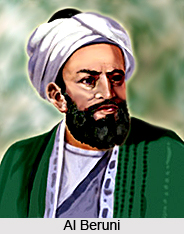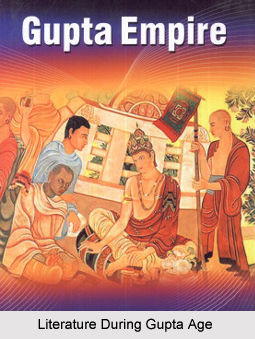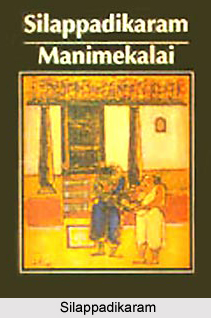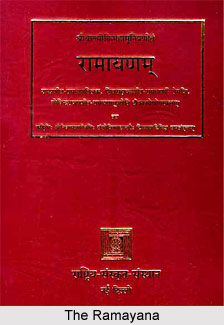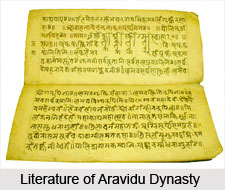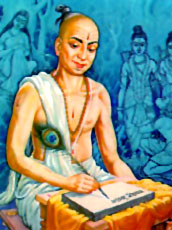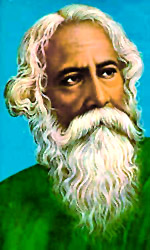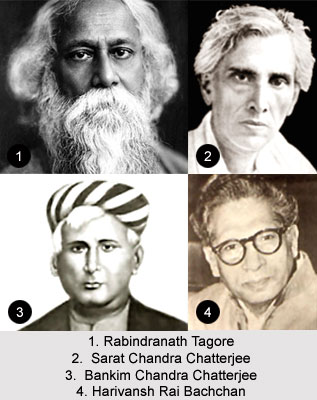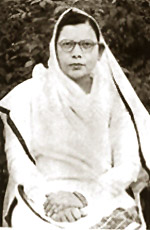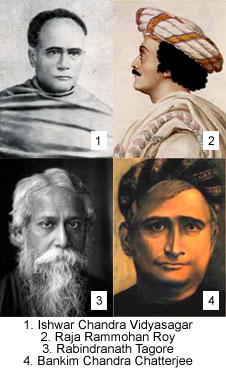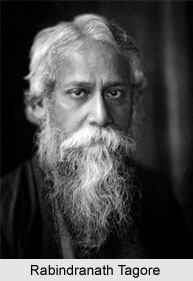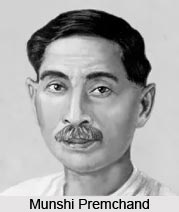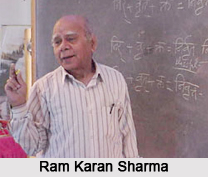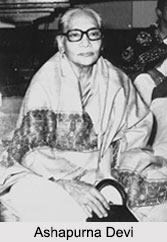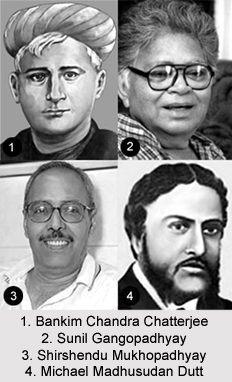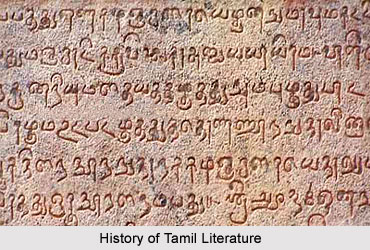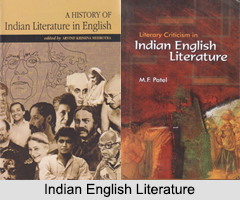Historical dramas in Assamese Literature became more popular after the decline of Mythological drams though the start was almost simultaneous. The historical group of plays are larger in number, and more popular. These plays afford greater scope for dramatic action-in the fights, the heroic deeds and the like with which history abounds, and which make a drama more captivating to the laity. Their prevalence also indicates the love of historical literature for which Assam has a unique reputation.
Characteristic Features of Historical Dramas
Verse was used by the authors who wrote such plays. These plays have taken liberty with the minor characters and the sub-plots are unconnected with history. However the conflict in situation and character is brought out with an eye to the demands of drama. The play wrights depict the glorious past of the land, her valiant and chivalrous sons and daughters whose exploits form an immortal saga of heroism. Out of them a new demand is made upon the heroism, sacrifice and faith of the present generation for liberating the fatherland from foreign yoke. The historical play thus contributed in no small measure to the re-awakening of the people to their social and political problems.
Contribution of Dramatists to the domain of Historical Dramas
P. N. Gohain-Barua`s Joymati (1900) is first historical drama in Assamese language P. N. Gohain-Barua`s first three historical dramas Joymati (1900), Gadadhar (1908) and Sadhani (1911) are written in verse. His Lachit Barphukan (1916) is another historical drama which is written in prose. Atul Hazarika used prose for historical plays.
The drama suffers from superfluity thereby failing to acknowledge tragic heights. Lachi Barphukan is a faithful record of history. L. N. Bezbaroa resorted to Ahom chronicles for historical dramas. They include Chakradhvaj Singha, Joymati Konwari and Belimar. These dramas show Shakespearean influence in comic interludes and characterisation. His Joymati Konwari is a marked improvement. Other historical dramas are Vidyapati (1918) and Pratap Singha (1926) by Saila Rajkhowa, Mulagabharu (1924) by R. K. Handique, Nilambar by P. Ghaudhury, Badan Barphukan (1927), Chandrakanta Singha (1931) and Bidrohi Moran (1938) by Nakul Bhuyan, Satir tej (1931) by D. Kalita and Naga Konwar (1935) by K. N. Bhattacharjya.
Two other successful historical authors are Daiba Talukdar and Atul Hazarika. Talukdar has few plays to his credit: Asom prativa (1924), Bamuni Konwar (1929), Haradatta (1935) and Bhaskar Varma (1952). Asom prativa can be described as a play that depicts a gallery of portraits of historical personalities. The play is not well-knit and is technically weak.
Atul Hazarika has few historical plays to his credit: Chhatrapati Sivaji (1927), Kanauj Konwari (1933), Birangana (1952) and Tirkendrajit (1959).Of these, from the point of the architectonics of style, Chhatrapati Sivaji is the author`s best. His characters are extroverts. Ahmed`s Gulenar (1924) and Sindhu vijay (1928) the other historical plays. Historical plays are accepted as spring-boards of patriotism.
There are tragic sequences in some of the dramas. For tragedy one has to depend primarily on historical subjects. The only two dramas that show tragic qualities are: Maniram Dewan by Pravin Phukan and Piali Phukan of the Nowgong Dramatic Club. The heroes show a certain tragic firmness and idealism of character. Historical dramas of the post-war period are Maniram Dewan, Piali Phukan. Kusal Konwar, Labhita, Trikendrajit, Tirhot Singh, Rajdrohi, Bhogjara. These deal with the history of British times.
J. P. Agarwalla for the first time made dialogue articulate. Pravin Phukan`s Mianiram Dewan (1948) has sharp and incisive dialogue. Lachit Barphukan (1948) by him has dramatic suspense and well-developed characters. Suren Saikia`s Kusal Konwar (1949) is a drama of martyrdom of an individual. Atul Hazarika`s Trikendrpjii (1959) reveals unity of insight and development of story in a balanced manner. Abdul Malik`s Rajdrohi gave a new interpretation to the historical character of Satram. Bhogjara by Phani Sarma depicts Tipamira Gohain, a feudal chieftain and the Ahoni King Lakshminath Singha.
Lakshminath Bezbarua has to his credit three historical plays and four farces. He began by-writing farces for which he was naturally gifted, and sufficient material offered by the incongruities of Assamese social behaviour easily caught his observant eyes. The farce Litikai (1890) is based upon the humour of a situation created by foolery, deceitfulness, and pretentiousness, and has brilliance in its drollery. In Pacani (1923), Pancani`s hospitality, expanded to ridiculous proportions, clashes with his wife`s parsimony, giving rise to a humorous situation. The Nomal (1913) presents the old rickety Naharphutuka who, because of his gawkiness and foolishness, returns strongly mortified from the temple to which he had repaired to seek his son`s welfare. In Cikarpati Nikarpati (1913), two thieves display the tricks and methods employed by them in larceny, and this display, together with the corruption of the judiciary, creates situations which force laughter. Exaggerated situation, irony of thought and words, malapropisms and humorous dialogues-these are the characteristics of these farces. There is hardly any development of plot. The humour is low because it is invariably one of situation. Exaggeration is the very breath of these farces and hence they are often unreal.
Social analysis within the parameters of structural experimentation is that which marks the genesis of Historical dramas. Publication of such historical dramas is still not that strong as that of its poetic and prose counterparts. However historical dramas of Assamese language reinforce the cults of interpretation of the events and not only the facts or chain of events.

